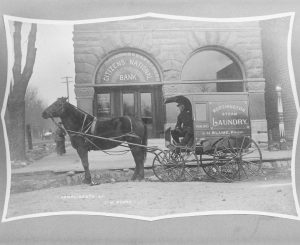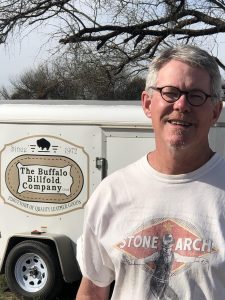COSTERMONGERING IN THE U.S.A.
In the past decade there has been a 180 % jump in costermongering.
Costermongers are showing up in communities all over the USA. It is purported that over 8,000 cities in the United States now have significant gatherings of these people. There seems to be little to stop them.
This grass roots approach to commerce isn’t something new to humanity. Costermongers were an important commercial element to London in the 1850’s.
The author Henry Mayhew notates in his book “Mayhews London” (edited by Peter Puennell) the individual mongering and the specific tasks and trades that occurred on the streets of London.
How this relates to the modern day is of interest because of the direct relationship to the farmer and the market. Costermongers are street vendors selling vegetables and are often times the growers of the vegetables. The costermongering in my community and all around the U.S.A are bringing together the small commercial growers directly to the end consumer, the buyers.
Costermongering isn’t limited to vegetables, throughout the years other items are bought and sold. In London the mongering included all manner of items, cheese mongers, iron mongers, pastry, confectionary,fish,nuts,coffee,curds, live animals, bird nests, rags, bottles, and cigars.
For an easy example of this commercial enterprising idea, look at the vast flea markets that propagate throughout the nation at various times of the year. They tend to be regional in scope, most often they are located near a large population center. It might be a resort area, it might be a retirement village. The mongering that goes on ranges from garden grown food items, arts, crafts, automotive parts, rocks and minerals, antiques and junk.
The mongers that tend to this curious lifestyle are often times retirees enjoying a modestly profitable pastime. There are also the less fortunate and this avocation is borne from financial necessity. Either way, it brings people together to create modest commerce.
While we travel about the U.S. (and beyond) we seek regional art festivals that afford us the advantage of dealing with people that have higher discretionary incomes. We are not dismissive in paying attention to all sectors of our society.
Recently we were in the South West U.S. between festivals and had the opportunity of kicking around some of the more impoverished areas of the nation. We chose to spend some time browsing a market in an area of significant poverty. The items being sold were vegetables by local migrant workers and other non-migrants selling antiques and mainly “end of the line” junk. It was a dry and dusty market on the crossroads to distant cities of significance. The talk amongst the costermongers was that they shouldn’t be doing this market on a Tuesday because people around here don’t get paid until Friday. This meant that the money in their customers pockets doesn’t last until the following Tuesday.
They are a resolute group of individuals and many seem to be hard workers. They will arrive at four or five a.m. to set up their displays along some highway intersection and spend the day in the blazing sun selling their products to those people that live on the margins of our society and hoping to catch the spare change of some wealthy retiree, who in turn bargains with them for a cheaper price.
Borne from societies that have great disparities of income or just a fanciful means of augmenting your discretionary income. This is a type of marketing that has continued throughout ages.
Bill Keitel



